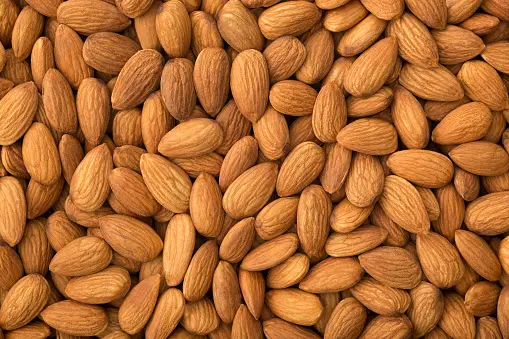Breastfeeding is a unique bonding experience between a mother and her newborn. It provides the necessary nutrients for the baby to grow and thrive and promotes a healthy immune system.
However, some mothers may find breastfeeding challenging, especially when finding the proper position. In this blog post, we'll explore whether certain positions can influence breast milk flow and introduce five breastfeeding positions to try.
Breastfeeding Positions
Breastfeeding can be done in many positions, and finding the right one can make a significant difference in comfort, milk flow, and the baby's latch. Here are five breastfeeding positions to try:
- Cradle hold
The cradle hold is a popular breastfeeding position, where the baby's head is cradled in the crook of the mother's arm while lying across her lap. This position works well for older babies who can support their heads and neck. The mother can switch sides to feed from both breasts, ensuring equal stimulation and milk production.
- Football hold
The football hold, also known as the clutch hold, is where the baby is held under the arm like a football, with their legs pointing towards the mother's back. This position is helpful for mothers with a C-section or large breasts, as it keeps the baby away from the incision site and provides better visibility for latching.
- Side-lying position
The side-lying position is where the mother and baby lie on their sides, facing each other. The baby can latch on while the mother is lying down, providing a comfortable position for both. This position benefits nighttime feedings, allowing the mother and baby to relax and sleep.
- Laid-back breastfeeding
The laid-back breastfeeding position, also known as biological nurturing, is where the mother reclines with her back supported while the baby is on her chest. The baby can crawl and self-attach to the breast, mimicking the natural feeding position of a newborn. This position can encourage deeper latch and milk flow and reduce the risk of nipple soreness.
- Cross-cradle hold
The cross-cradle hold is similar to the cradle hold, but the opposite hand supports the baby's head. This position provides better control for latching, especially for newborns or premature babies who may need more support. The mother can also use this position to help guide the baby's mouth to the breast, ensuring a deep latch.
Why Does Breastfeeding Position Matter When Breastfeeding Your Baby
Using appropriate breastfeeding positions is vital for both you and your baby because:
- Breastfeeding can be prolonged, and mothers must be comfortable to avoid fatigue or pain. A comfortable position can also help mothers relax, which can promote milk flow and help babies latch on more effectively.
- The position can influence the effectiveness of milk flow. For example, some positions may provide better drainage of the breast, which can help prevent engorgement or blocked milk ducts.
- Adequate drainage of the breast also ensures that the baby gets enough milk, which is essential for their growth and development.
- The position can help prevent nipple soreness, a common issue among breastfeeding mothers. A proper latch is crucial to prevent soreness and can be achieved through a suitable breastfeeding position.
- Finding the correct position can help promote a strong bonding experience between the mother and baby. Breastfeeding provides skin-to-skin contact, which can help regulate the baby's body temperature and promote a sense of security and comfort.
Can certain positions influence breast milk flow?
Breastfeeding positions can play a role in milk flow, as some positions allow for better drainage and stimulation of milk ducts. Latching onto the breast is also essential for adequate milk flow.
In general, positions that allow for better breast drainage can help increase milk flow and reduce the risk of engorgement or blocked milk ducts.
It's important to note that every mother and baby may have different preferences for breastfeeding positions. Experimenting with different positions can help find the one that works best for both.
It's also important to seek the help of a lactation consultant or healthcare provider if you're experiencing difficulties with breastfeeding or have concerns about milk flow.
Conclusion
In conclusion, finding the right breastfeeding position is crucial for the mother and baby's comfort and milk flow. The five positions to try are the cradle hold, football hold, side-lying position, laid-back breastfeeding, and cross-cradle hold.
Each position provides different benefits to suit individual needs. Remember to seek support from a healthcare provider or lactation consultant if you are experiencing breastfeeding difficulties or concerns.










Comments